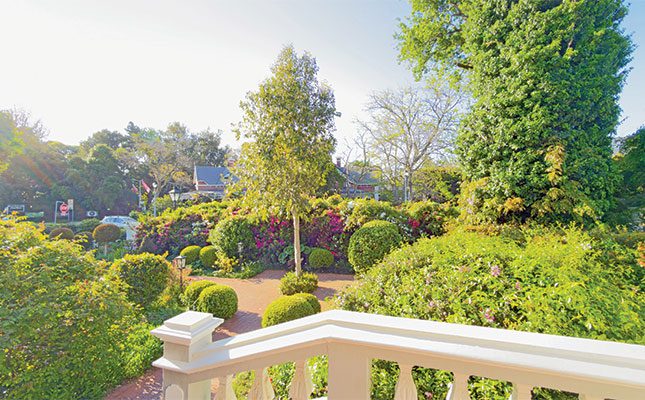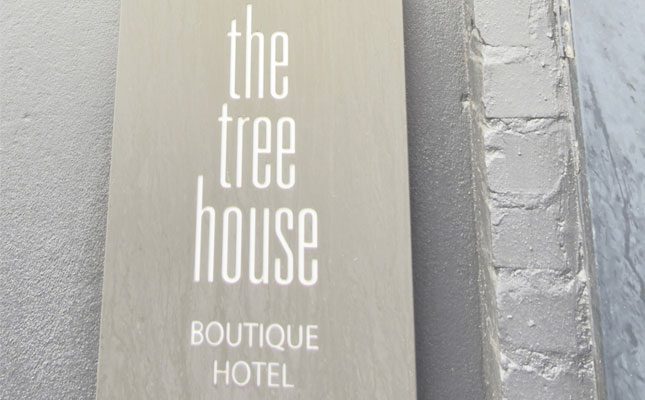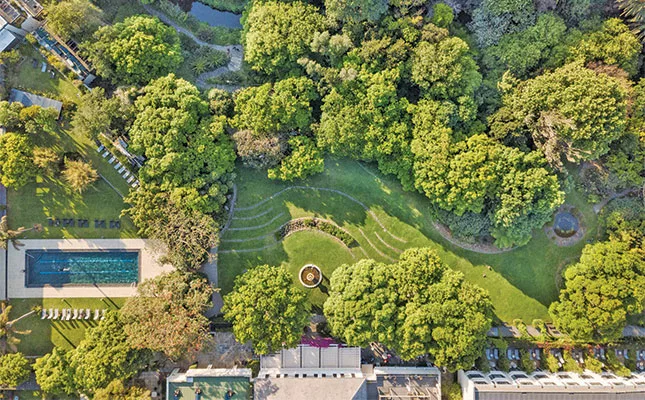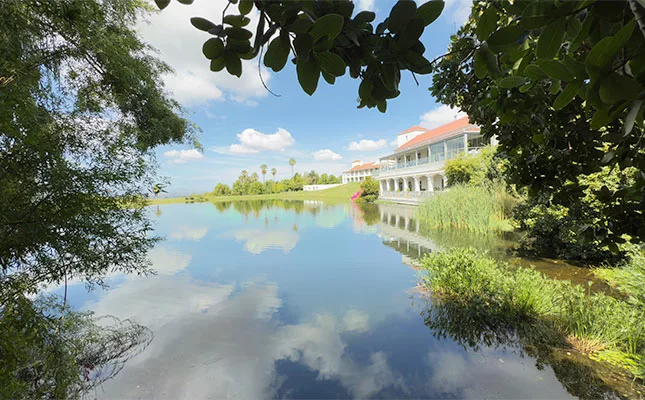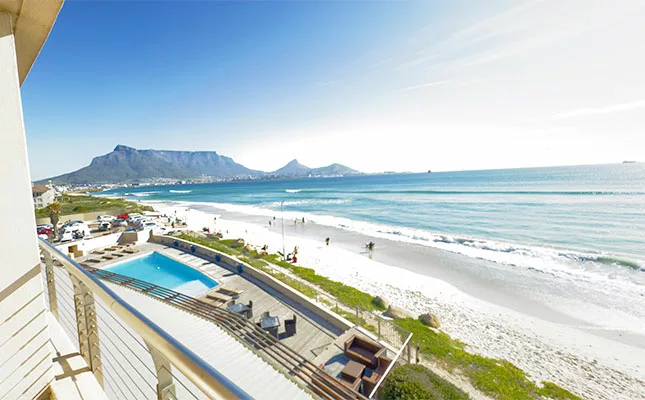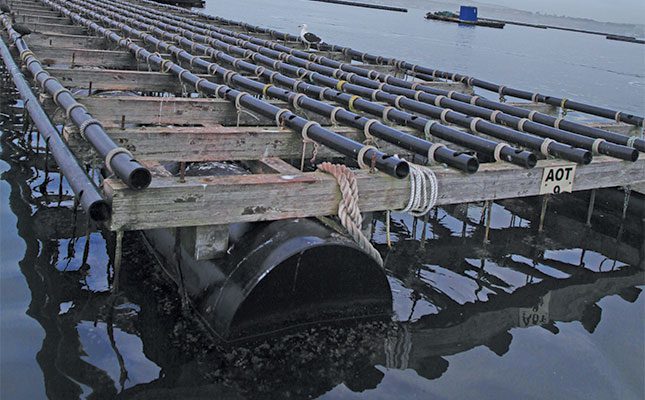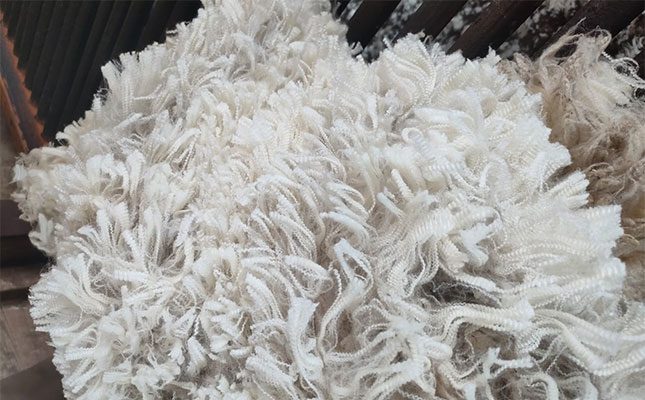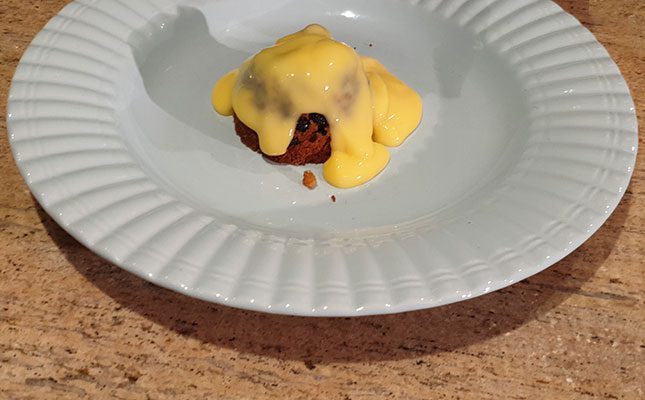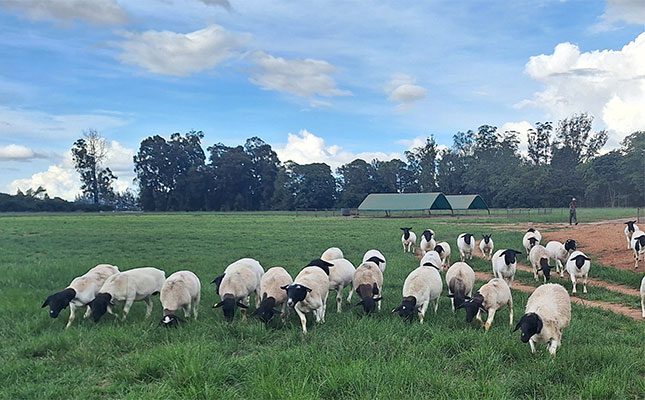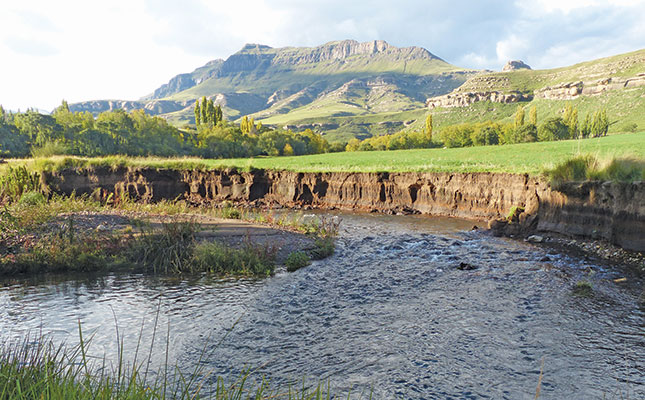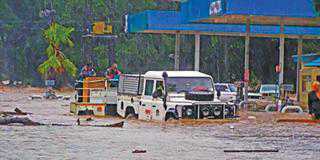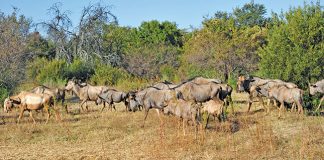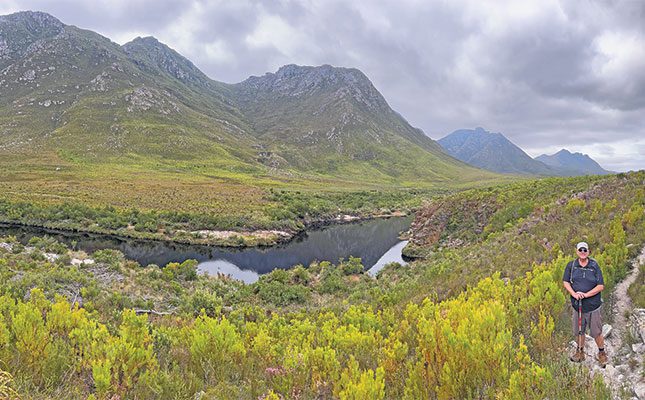
Photo: Brian Berkman
The Kogelberg Nature Reserve, a CapeNature managed and protected natural area is, because of the exceptional quality of its fynbos, considered the heart of the Cape Floral Kingdom.
With around 1 800 plant species, of which 150 are endemic and important, the reserve lies within the southern Hottentots Holland Mountains.
The reserve, comprising 18 000ha, has been kept wild and pristine, and this is essential to its survival.
The Kogelberg was South Africa’s first registered biosphere reserve and it encompasses the entire coastal area ranging from Gordon’s Bay to the Bot River vlei, in Kleinmond, and inland to the Groenland Mountains of Grabouw.
While leopards and caracal have been sighted, and the Cape clawless otter may be seen in or near the Palmiet River, the reserve has no large animals. Smaller antelope include grey rhebok, klipspringer and Cape grysbok, while baboons, porcupine, mongoose, dassies, and hares are fairly common.
Peregrine falcons, black eagles, and fish eagles hunt and nest in and around the reserve, while Cape sugarbirds and sunbirds are common. An endemic freshwater crab and the endangered micro frog are also to be found.
Forests and Rivers
Patches include indigenous forest – Loubos, Platbos, and Oudebos – which are similar to the Knysna forests and include yellowwood, stinkwood, and boekenhout trees.
Wild almond, rooi-els trees, Breede River yellowwood and Cape beech occur in the Palmiet’s riverine scrub.
The Palmiet River begins in the Groenland Mountains of Grabouw, which is also one of the Western Cape’s best areas in which to grow apples, pears and wine grapes.
Before emptying into the sea at Kleinmond, the Palmiet traverses much of the Kogelberg Reserve.
While Rooi Els, Pringle Bay, Betty’s Bay, and Kleinmond are included in the wider Kogelberg biosphere, most of the proclaimed reserve follows the river.
Trails for every adventurer
There are three well-marked walks within the reserve. The easiest is the Palmiet River Walk, which is a 10km round trip on mostly level terrain with plenty of opportunities to swim in the river and relax along its banks. Give yourself at least three hours to enjoy it.
The hike from Oudebosch to Harold Porter Botanical Gardens is a 6km one-way route and needs two vehicles, unless you are prepared to walk back. It is moderately tricky with inclines.
The Kogelberg Trail, the longest of the trails, is a 24km full-day hike that requires a good level of fitness.
Do note that there is no Wi-Fi or mobile phone reception in the reserve, and while this amplifies the sense of calm manifold, it also means being off-grid and incommunicado.
Farmer’s Weekly stayed in one of the stunning eco-pod accommodations for two. These timber and glass pavilions were designed by KLG Architects, and the project won the 2021 Cape Institute for Architecture’s Award.
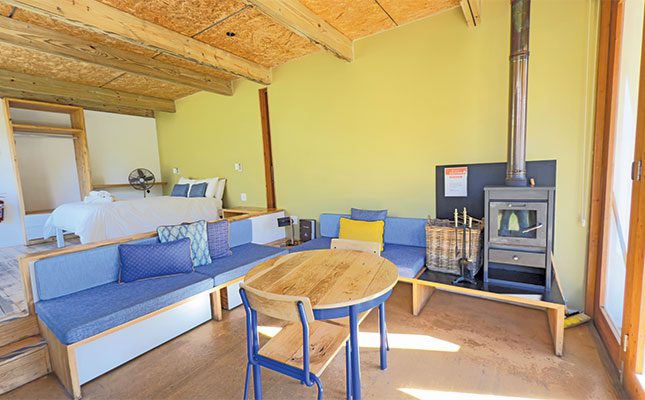
Hallmarks of the design include retractable timber and glass doors, long, but narrow-opening windows for ventilation, plantings on the roof that appear to make the units disappear into the landscape and help maintain a comfortable internal temperature, and compostable toilets. Solar power is provided.
Older folks may well (and with horror) remember long-drop latrines frequently associated with off-grid sites. While the principle here may be the same, these toilets have no, or only little, smell.
The result is something that, instead of using 6ℓ or more of clean water in a low-volume normal toilet flush, this waterless toilet reduces waste to less than 5% of its original volume. It requires only occasional cleaning and disposal.
These units are self-contained and require neither expensive nor energy-intensive piping, pumps or treatment plants. Two fans, one wind powered, the other electrified, maintain a downward draft that keeps the surrounding area smelling fresh. Beside the toilet unit is a container, with composting soil that gets scooped into the loo after use.
Immersed in nature
What makes the Kogelberg eco-pod units so special to stay in, is that their glass frontage, combined with the way they have been situated, provides privacy, while at the same time being part of the pristine environment. Visually, when the blinds are open, there are no barriers between the inside and the outside areas.
Accessed via raised timber walkways, the units have a large, but covered outside area with a built-in braai and bench table seating.
An external ‘wall’ is made up of wire cube cages of natural white stone.
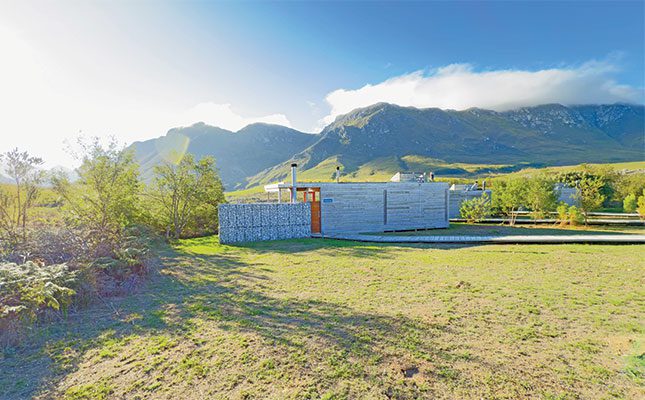
Inside, much is pressed timber-clad. Built-in seating and storage units are timber too. In the kitchen, a Smeg two-plate induction stove, a large combination grill, and a microwave oven sit beside an under-counter fridge.
While the tap water is safe to drink, there is a built-in water purification unit in the kitchen sink, although this was not working during our visit.
A gas canister-powered portable camping stove is available if the mood to cook while on a picnic grabs you.
To avoid the spread of the invasive shot hole borer beetle, no outside firewood is permitted in the reserve.
They do sell bags of compressed eco-logs, which produce outstanding coals that retain their heat for far longer than the usual braai wood.
A long, but narrow eco-swimming pool is filtered by plants and has a pergola for shade.
While the design intended people to lean up against the slanted timber backrest area, management has provided sun loungers.
Beyond the Reserve
Although the world feels very distant indeed while you are in the reserve itself, the towns of Kleinmond and Betty’s Bay are only about a 10-minute drive away.
Kleinmond’s Blue Flag beach also offers access to the Kleinmond lagoon. You can hire kayaks there to explore the lagoon, and also hope to see the wild horses that live there at the same time.
Directly above the beach is Sandown Blues, a nice casual, family-friendly, and affordable restaurant with, among other tasty dishes, outstanding calamari and ribs.
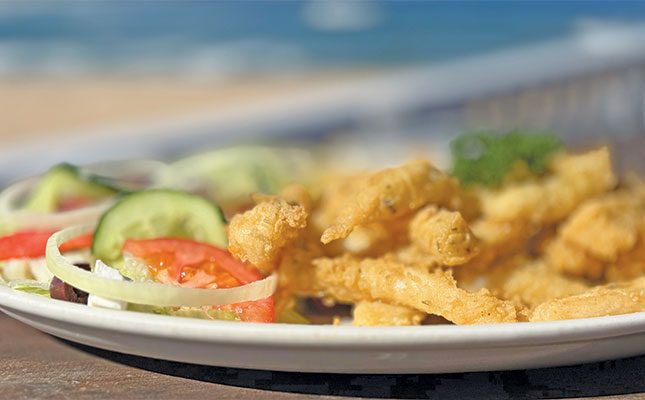
In Betty’s Bay, Waaygat is an excellent Pan-Asian dinner restaurant. Their oxtail meat-filled croquette is outstanding.
For more information visit capenature.co.za/reserves/kogelberg-nature-reserve.

